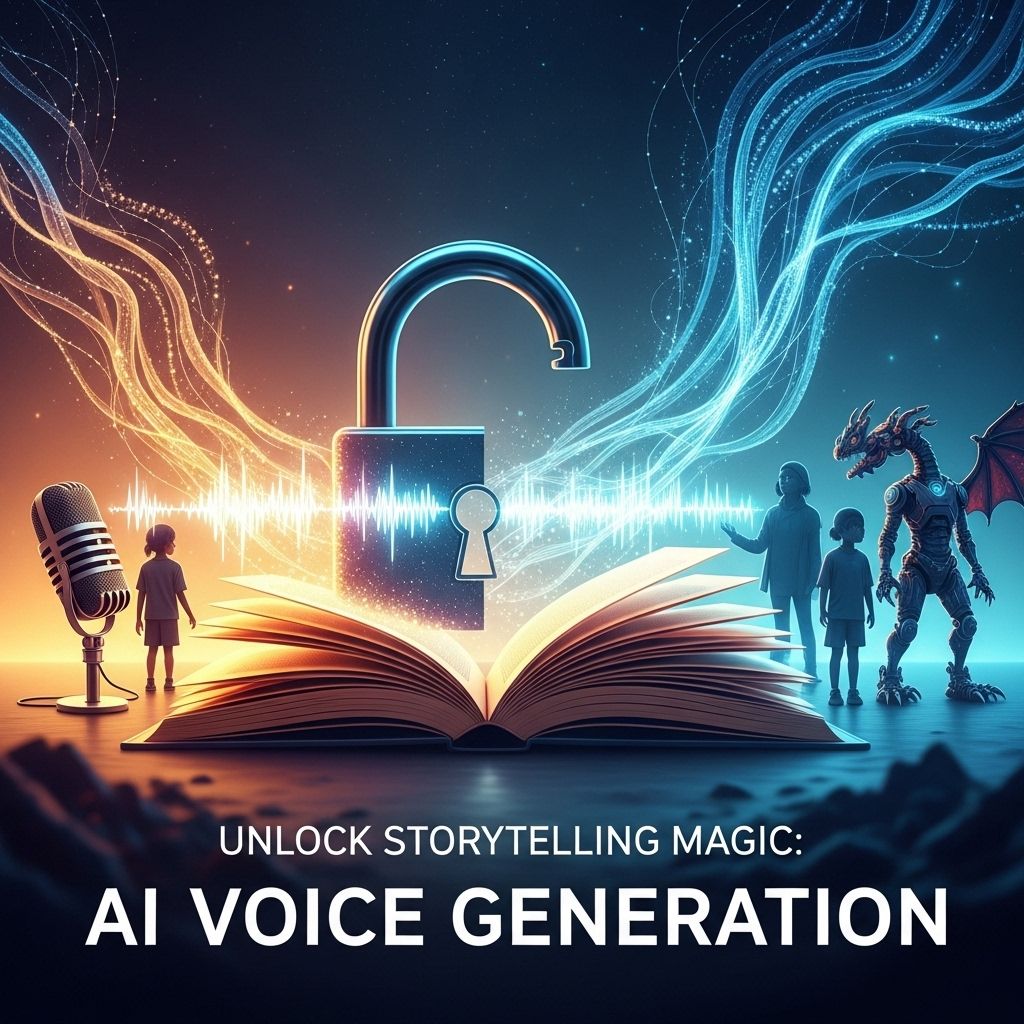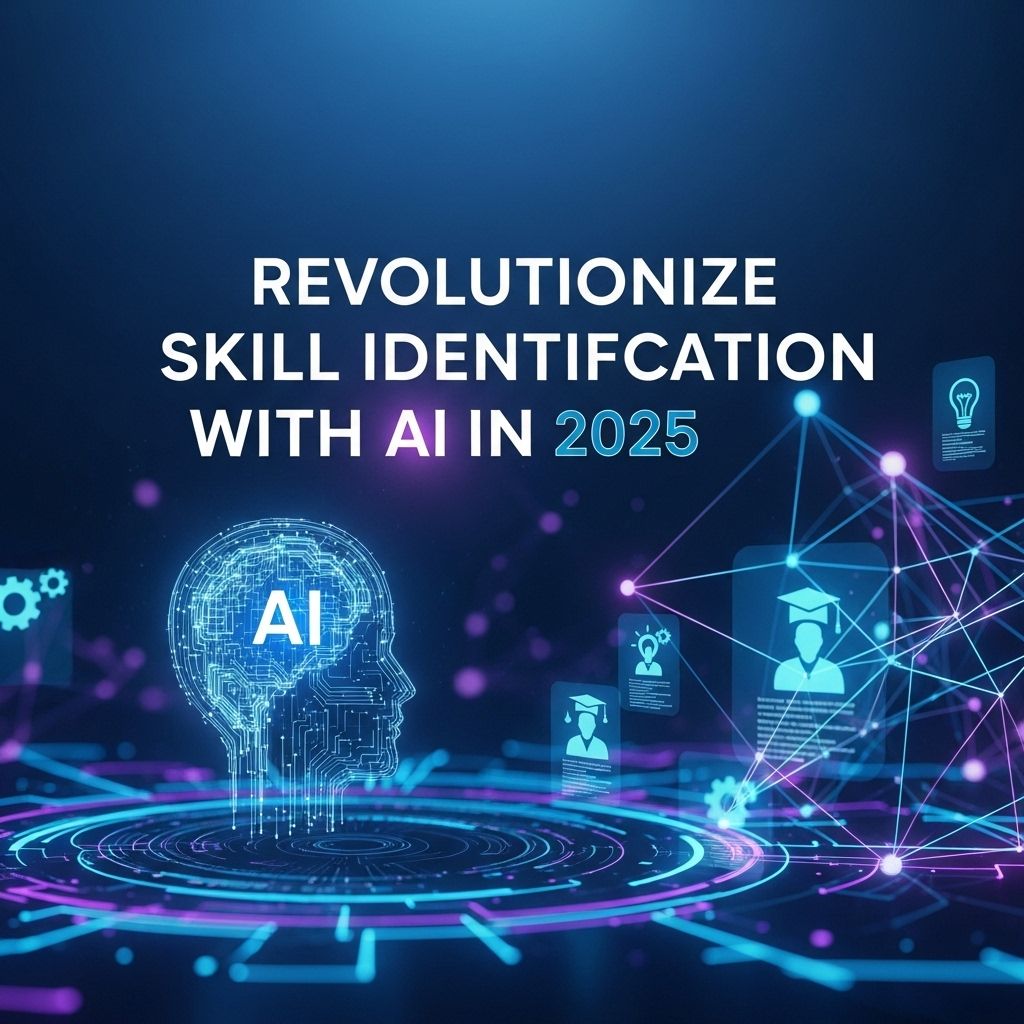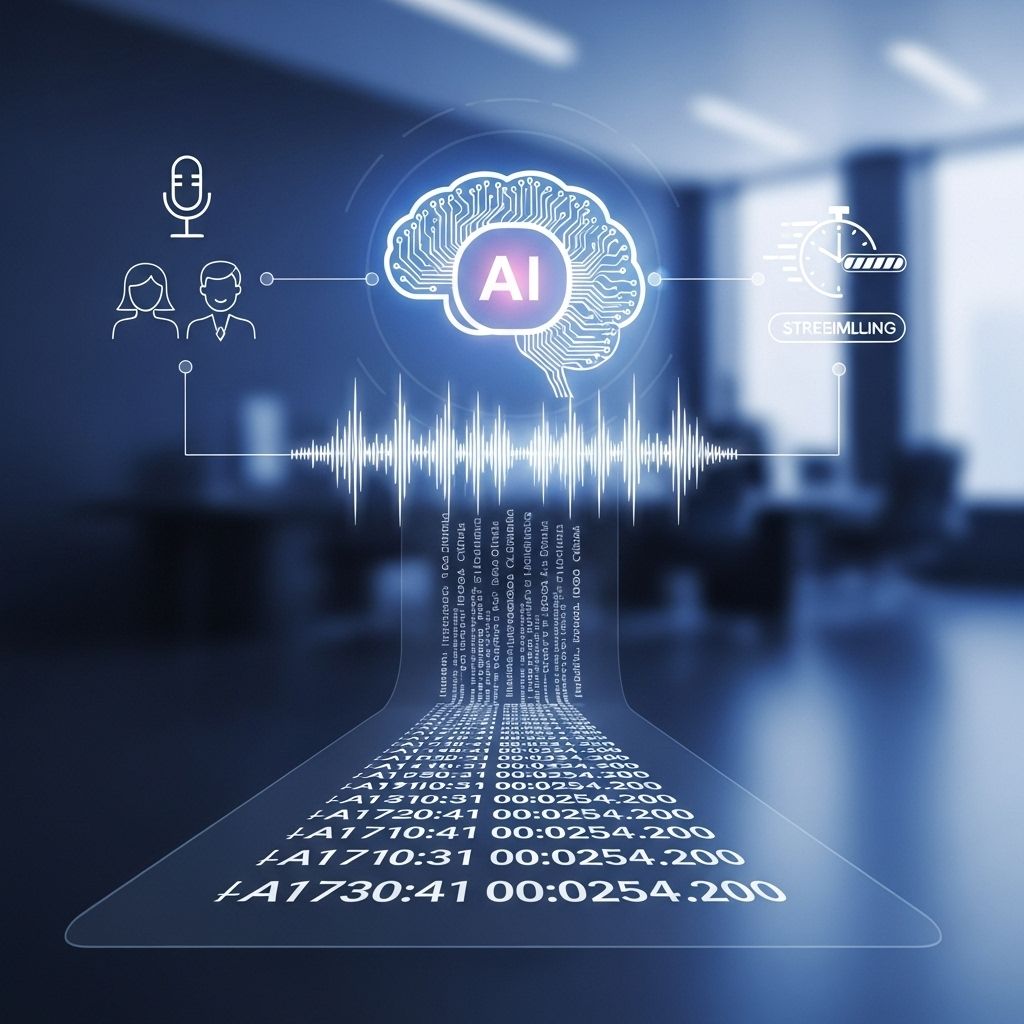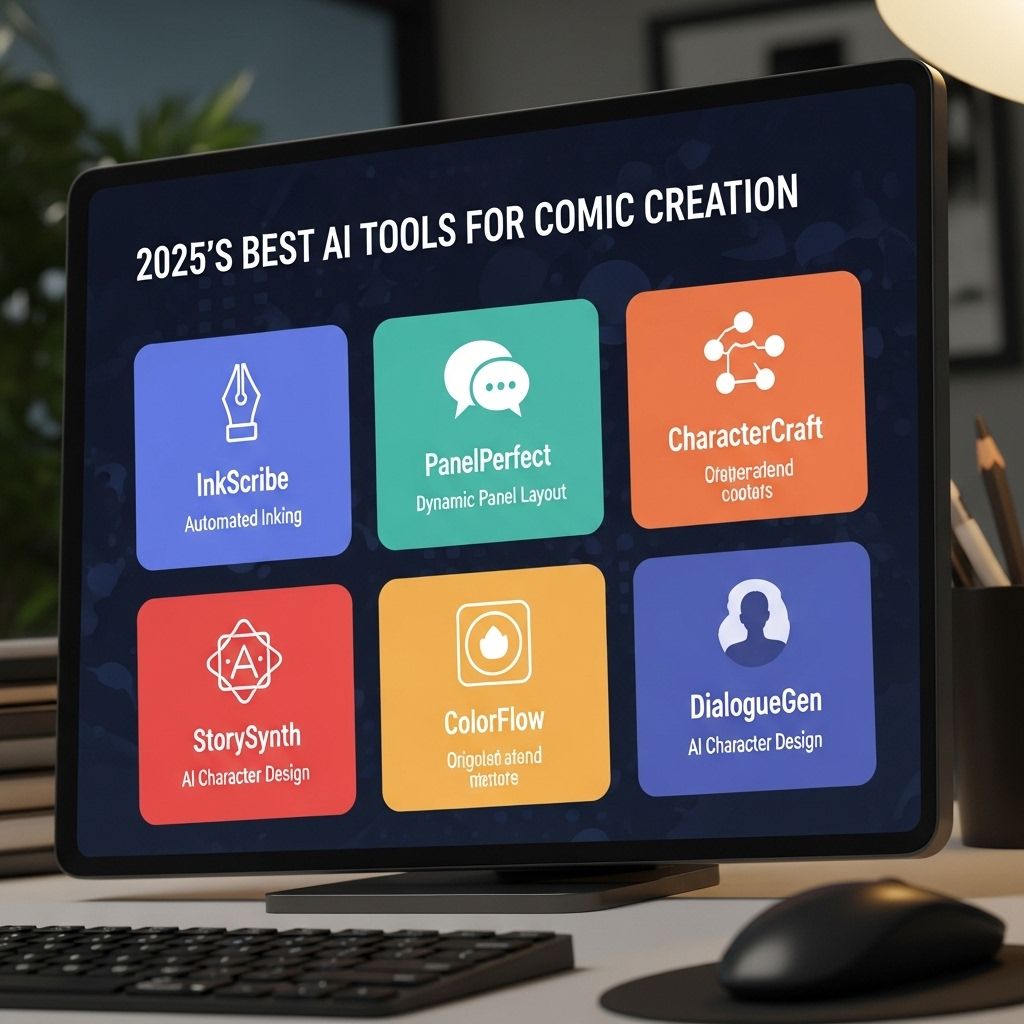Unlock Storytelling Magic with AI Voice Generation
Discover how AI voice generation enhances storytelling, making narratives more engaging and immersive for audiences.

In recent years, artificial intelligence has revolutionized various industries, and storytelling is no exception. With advancements in AI voice generation, creators can now breathe life into their narratives through captivating audio. Whether for podcasts, audiobooks, or interactive experiences, AI voice technology enables storytellers to reach wider audiences and engage listeners in unprecedented ways. This article delves into the mechanics, advantages, and future potential of AI voice generation in storytelling.
Table of Contents
Understanding AI Voice Generation
AI voice generation refers to the use of artificial intelligence algorithms to create human-like speech from written text. This technology is powered by deep learning and natural language processing (NLP), allowing it to mimic the nuances of human speech, including tone, pitch, and emotion.
How It Works
The process of AI voice generation typically involves several key steps:
- Text Analysis: The AI processes and analyzes the input text, breaking it down into phonetic components.
- Speech Synthesis: Using deep learning models, the AI generates audio waveforms that correspond to the phonetic output.
- Emotion Integration: Advanced models can integrate emotional cues, enabling the voice to convey feelings appropriate to the narrative context.
This multi-step process allows for the creation of realistic voice outputs that can adapt to different storytelling needs.
The Advantages of AI Voice Generation in Storytelling
Integrating AI voice technology into storytelling offers numerous advantages:
- Cost-Effectiveness: Traditional voice recording often requires hiring voice actors, studio time, and extensive editing. AI voice generation reduces these costs significantly.
- Scalability: Once an AI model is trained, it can produce countless voice variations without additional expenses, enabling rapid content creation.
- Language Versatility: AI voice generation can quickly switch between languages, making stories accessible to a global audience.
- Personalization: Storytelling can be tailored to individual preferences, allowing for unique listening experiences.
Use Cases of AI Voice in Storytelling
The applications of AI voice generation in storytelling are vast. Some notable use cases include:
| Use Case | Description |
|---|---|
| Podcasts | AI-generated voices can streamline podcast production by automating narration and editing processes. |
| Audiobooks | Publishers can rapidly produce audiobooks with engaging, lifelike narrations. |
| Interactive Storytelling | AI voices create dynamic interactive experiences in video games and virtual environments. |
| Educational Content | AI voices can deliver lessons in a natural, engaging manner, enhancing learning experiences. |
Challenges and Considerations
Despite its many advantages, AI voice generation in storytelling does come with challenges:
- Quality Control: Ensuring high-quality output is critical, as poorly generated voices can disrupt the storytelling experience.
- Ethical Concerns: The use of AI voice technology raises questions about deepfakes and the unauthorized use of a person’s voice.
- Emotional Depth: While AI can mimic emotions, it may lack the authenticity of human delivery, potentially impacting the listener’s connection to the story.
Future Trends in AI Voice Generation
The future of AI voice generation in storytelling looks promising, with several trends emerging:
- Increased Naturalness: Continued advancements in AI algorithms will likely lead to even more natural-sounding voices, enhancing the storytelling experience.
- Multi-Voice Narration: Future technologies may enable seamless transitions between multiple AI-generated voices in a single narrative, enriching character dialogues.
- Emotional Intelligence: AI systems may develop further capabilities in understanding context and emotional tone, allowing for deeper emotional engagement in storytelling.
Getting Started with AI Voice Generation
If you’re a creator looking to leverage AI voice generation for your storytelling projects, here are some steps to get started:
- Choose the Right Tools: Explore various AI voice generation platforms, such as Google Text-to-Speech, Amazon Polly, and IBM Watson Text to Speech, to find the one that suits your needs.
- Experiment with Settings: Take advantage of customizable features like voice style, speed, and pitch to create the desired tone for your story.
- Prepare Your Text: Edit your script for optimal performance, ensuring it flows naturally for spoken word.
- Test and Iterate: Continuously refine your output based on feedback. Experiment with different AI voices and settings to discover what resonates best with your audience.
Conclusion
AI voice generation is redefining the landscape of storytelling, offering creators innovative tools to engage audiences in new and exciting ways. By understanding the technology, its benefits, and its challenges, storytellers can harness AI to enhance their narratives and create unforgettable experiences. The future of storytelling is here, and it’s powered by artificial intelligence.
FAQ
What is AI voice generation?
AI voice generation is a technology that uses artificial intelligence to create realistic human-like speech from text input.
How can AI voice generation enhance storytelling?
AI voice generation can bring characters to life by providing unique voices, tones, and emotions, making stories more engaging and immersive.
Is AI voice generation suitable for all types of storytelling?
Yes, AI voice generation can be used in various storytelling formats, including audiobooks, podcasts, video games, and animations.
Can I customize the voice generated by AI?
Absolutely! Many AI voice generation tools allow users to customize pitch, speed, accent, and even emotional tone to fit the storytelling style.
What are the benefits of using AI voice generation in content creation?
Benefits include saving time, reducing costs, and providing a wide range of voice options, making it accessible for creators of all levels.
Are there any limitations to AI voice generation?
While AI voice generation is advanced, it may struggle with certain nuances of human emotion and context, requiring human oversight for the best results.








